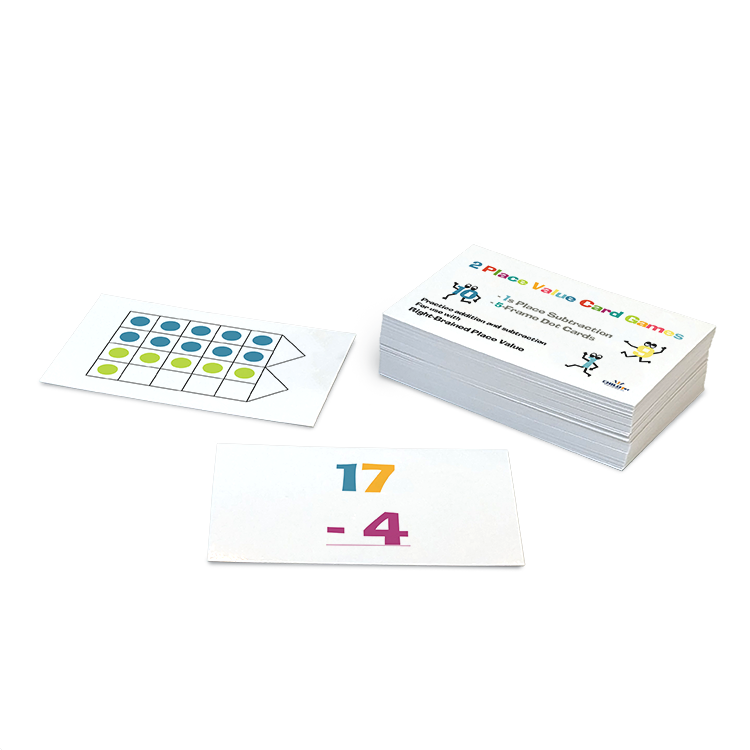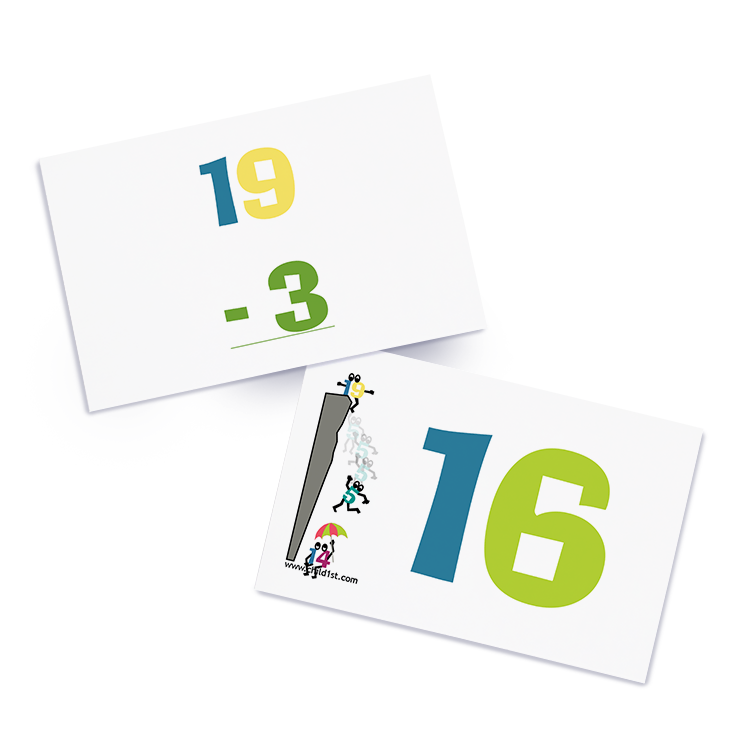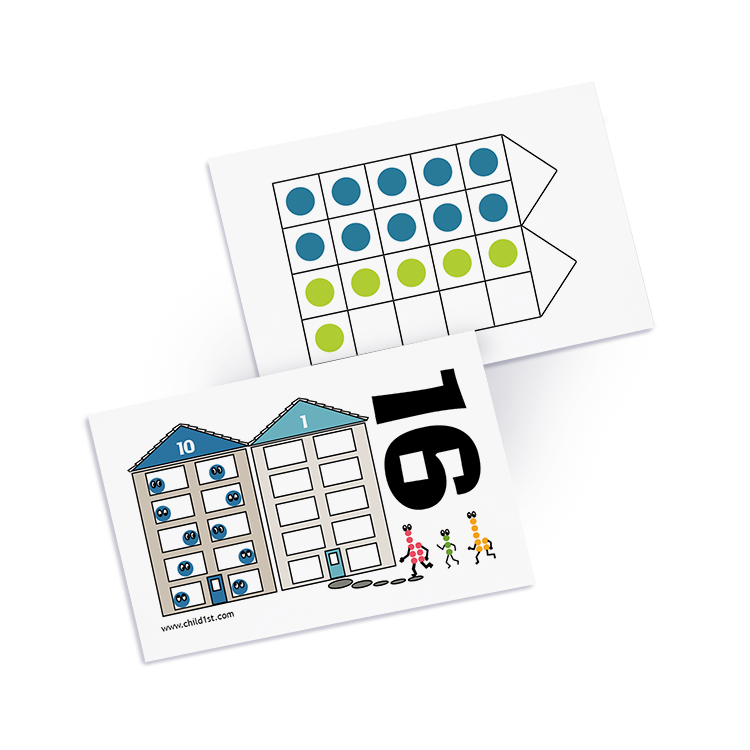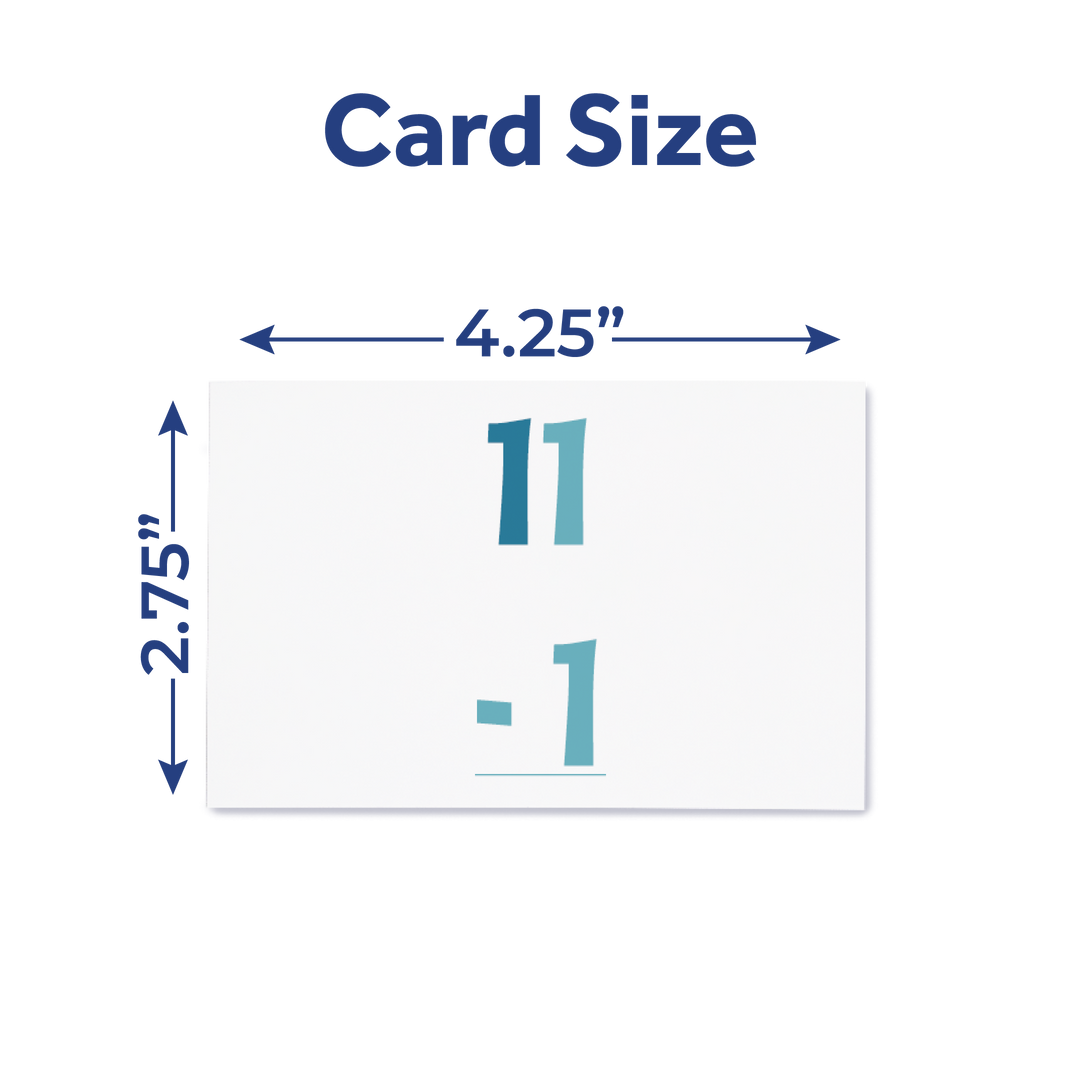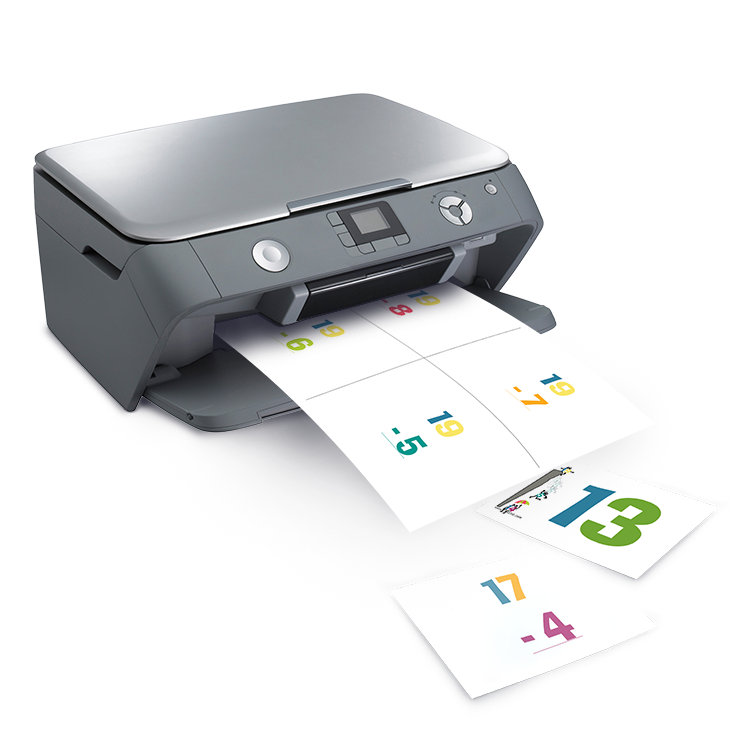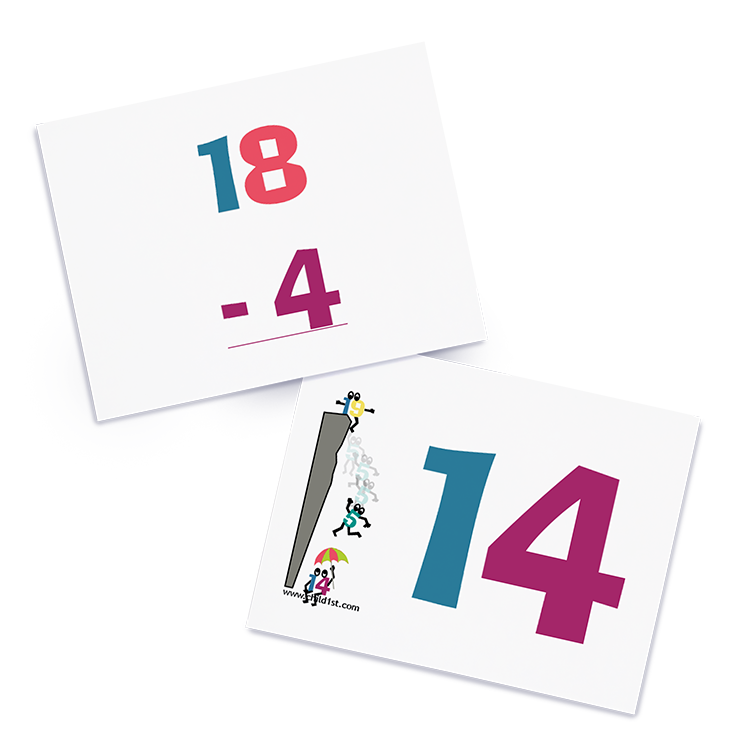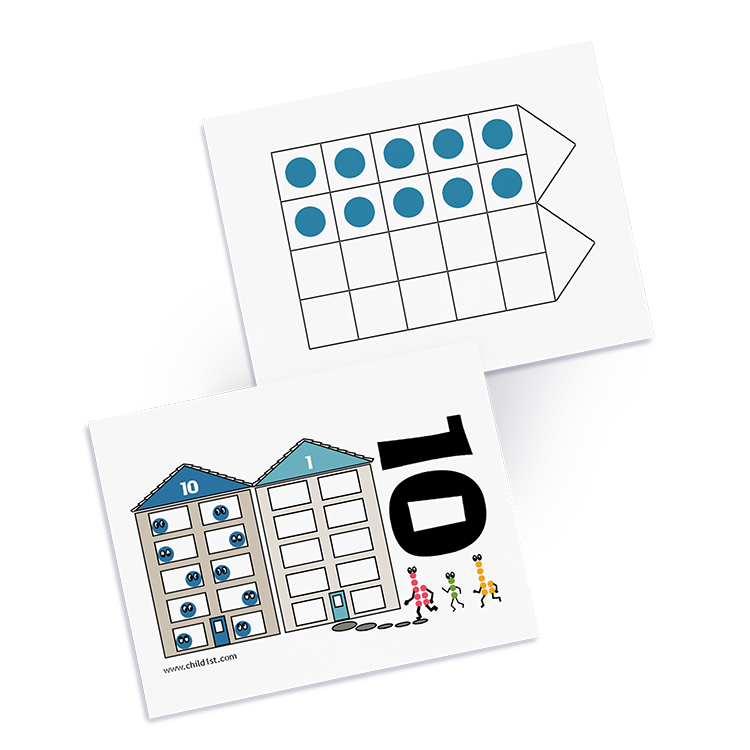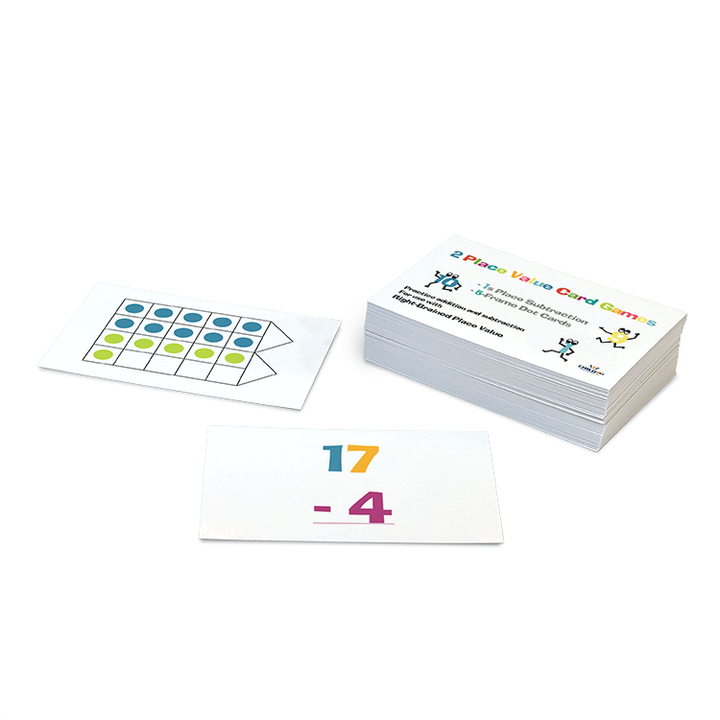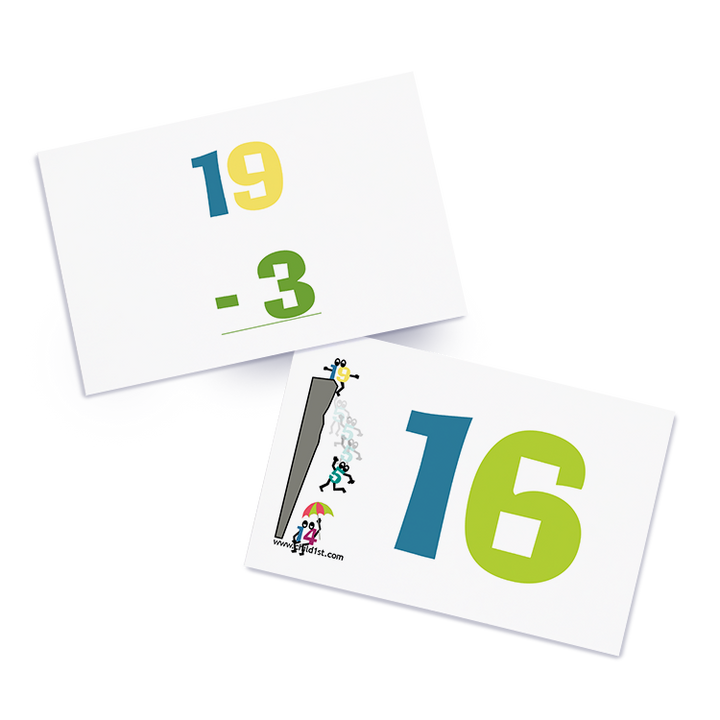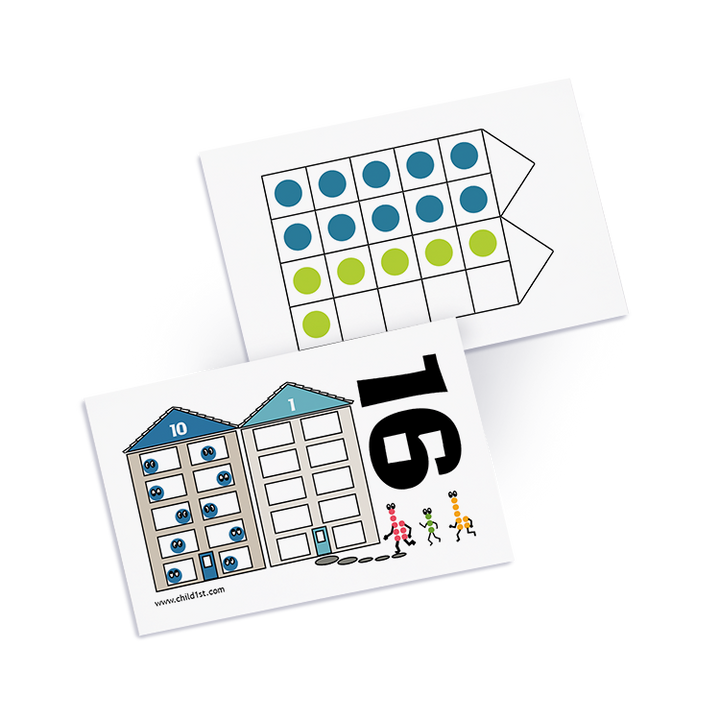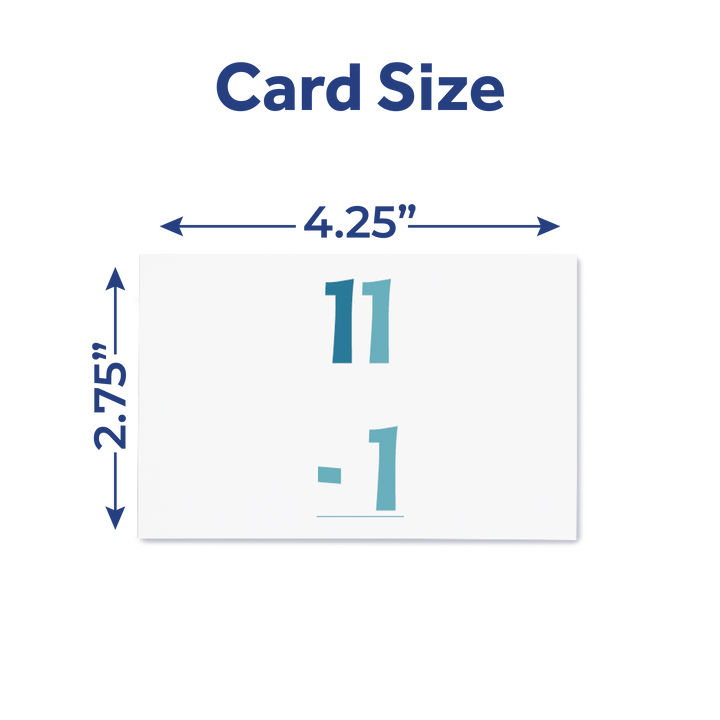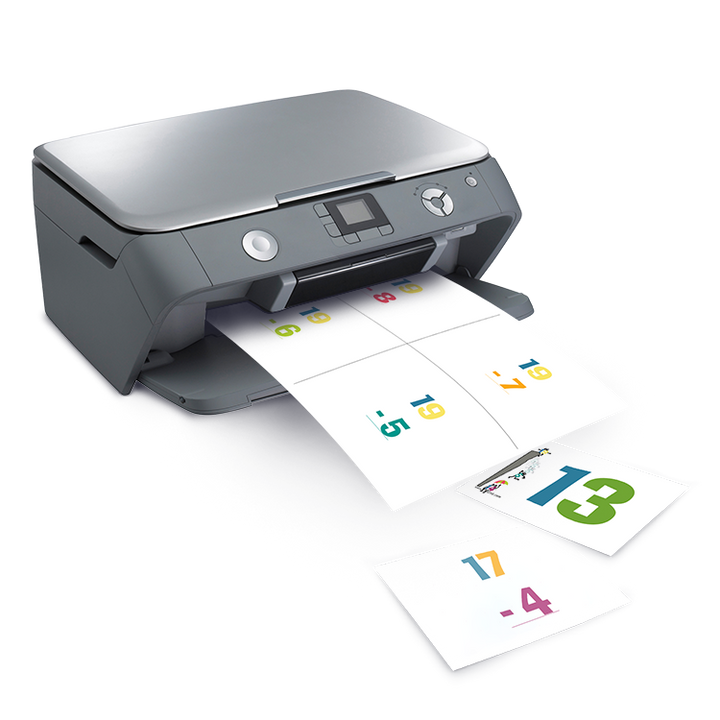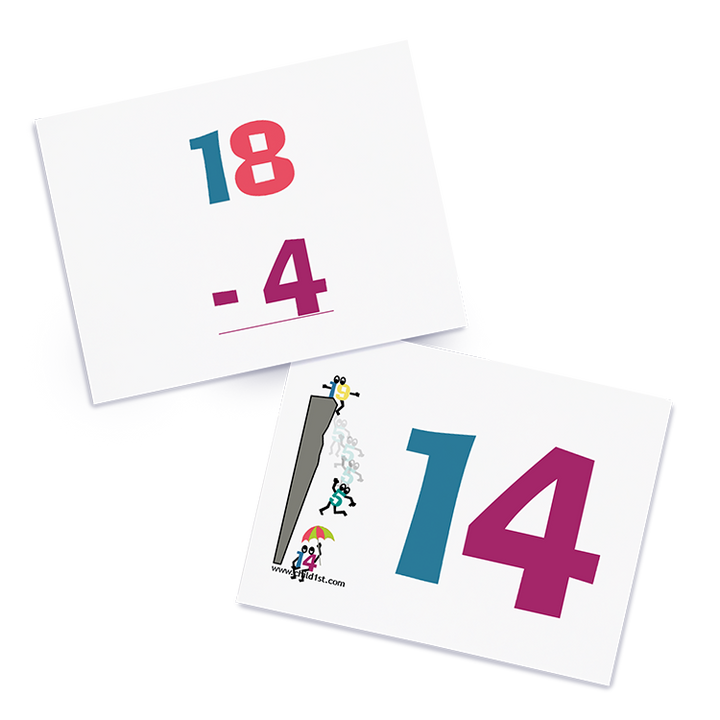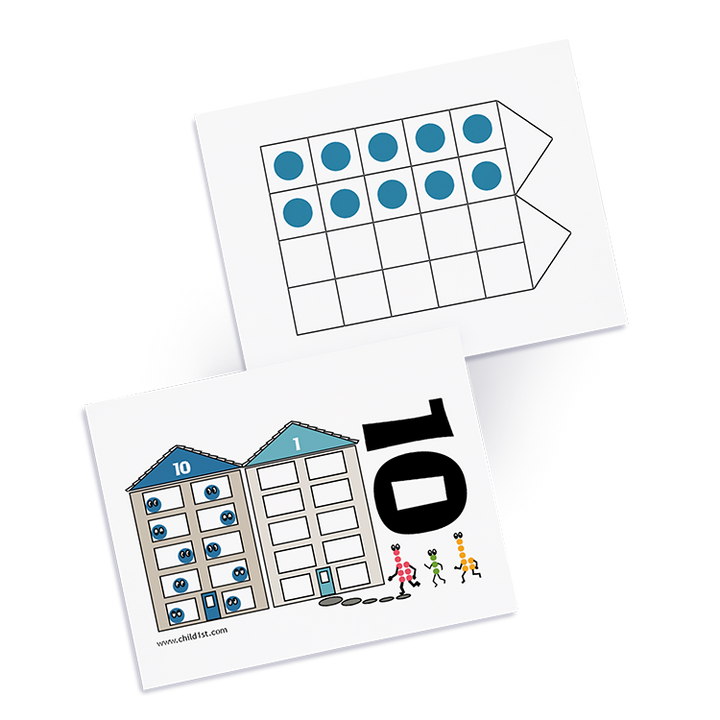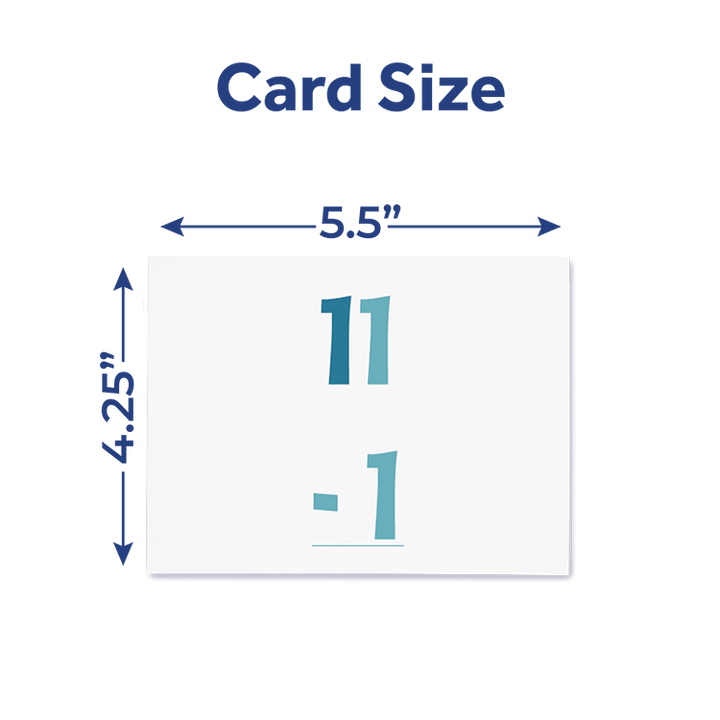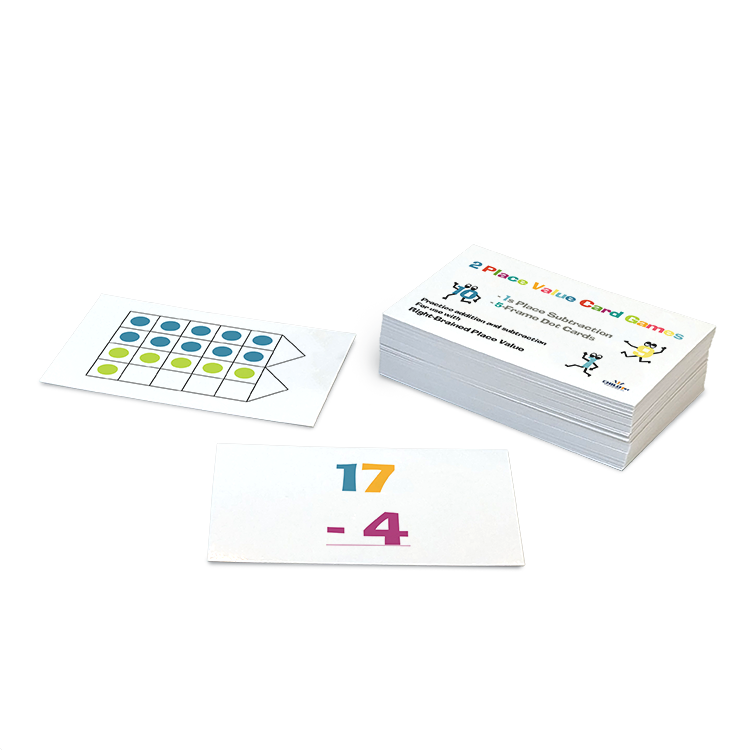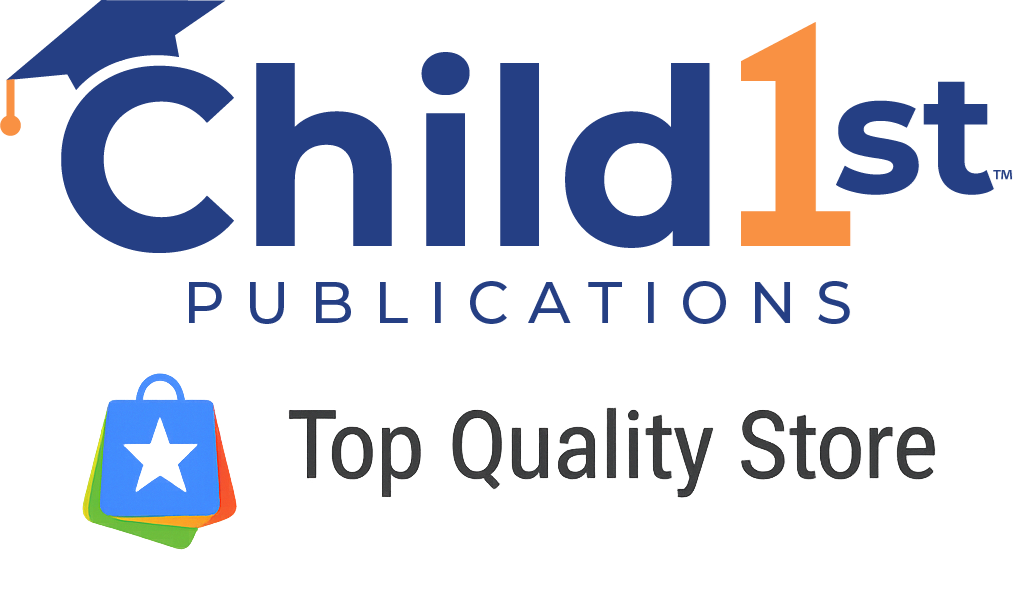Introducing Subtracting 1s Cards, the perfect companion to Right-Brained Addition & Subtraction Vol. 2! These vibrant cards offer an engaging and colorful way for children to practice essential math skills while reinforcing the concepts taught in the curriculum.
Designed for self-checking, Subtracting 1s Cards provide an enjoyable and effective method for mastering math facts. As children delve into the captivating stories and lessons from Addition & Subtraction Vol. 2, they'll act out scenarios, gaining a deeper understanding of the underlying meaning behind math problems. This approach fosters comprehension and eliminates the need for rote memorization.
With two exciting games included, "1s Place Subtraction" and "5-Frame Dot Cards," children embark on a journey of interactive learning. "1s Place Subtraction" offers basic subtraction problems that focus on the 1s place, providing a solid foundation for subtraction skills. Meanwhile, "5-Frame Dot Cards" help children visualize place value and understand the relationship between numbers and their position within a base of ten. This visual approach is especially beneficial for non-sequential thinkers, enabling them to grasp computation globally.
Unlock the power of visual learning and make math practice an enjoyable adventure with Subtracting 1s Cards!
What’s Included
· 60 full color Subtracting 1s Cards with two-sided lamination for extra durability.



